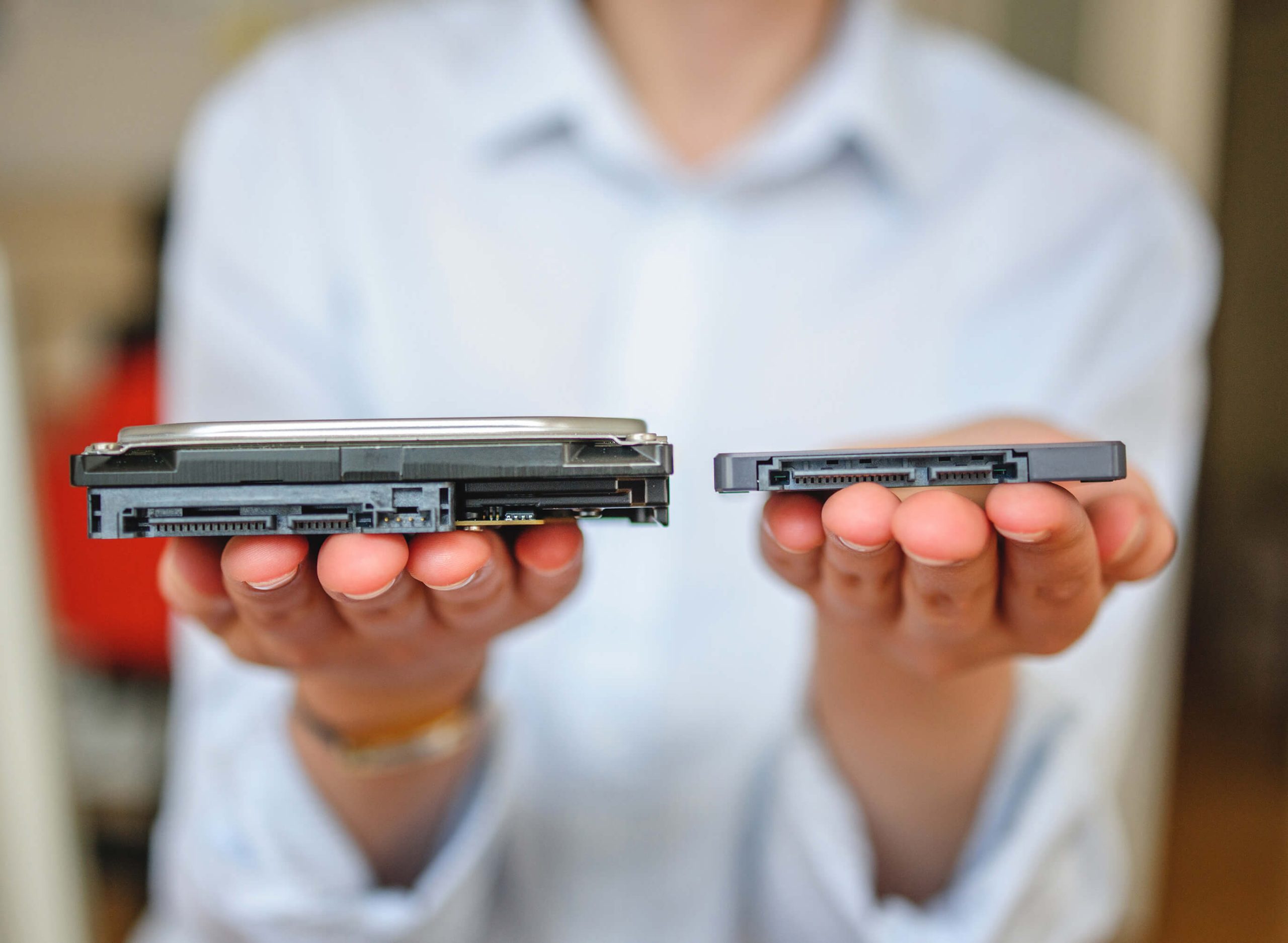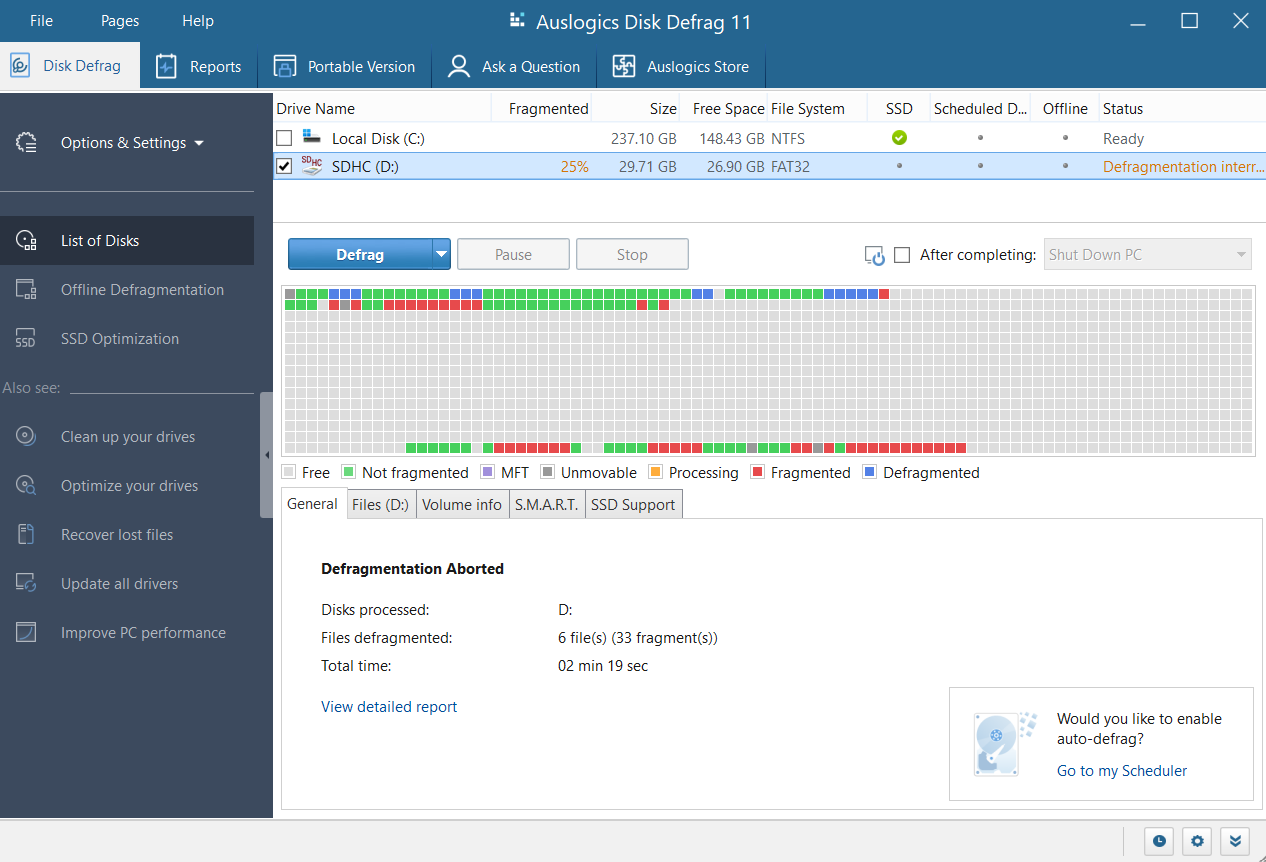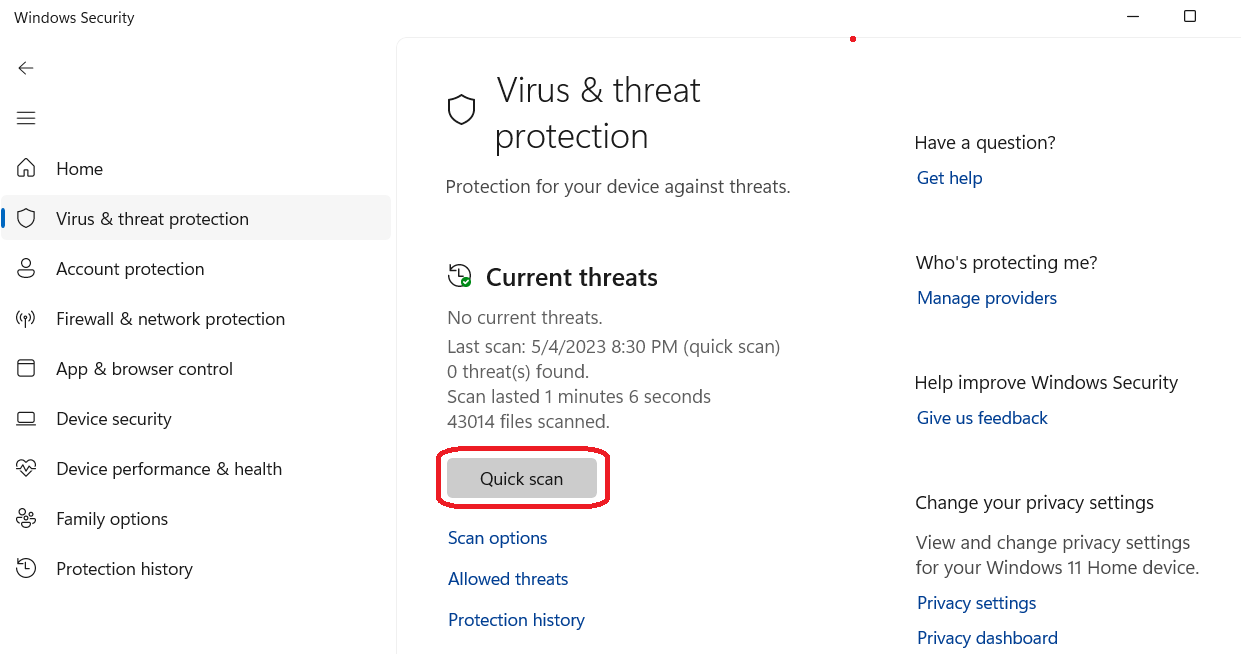Is your computer running slow? One of the possible causes is that your hard disk files may be fragmented. So you’ll need to defrag your hard drive to improve your PC performance. But what does defragging do? And what is defragmentation?
This guide will explain what defragmentation is, how to defrag a hard drive and other crucial points you need to know.
Let’s begin.
What Does Defragging Do?
So what is defragmentation?
Defragmentation is a process used to increase a computer’s efficiency by rearranging the data that has become scattered over the hard drive.
Your hard disk’s data gradually gets disorganized and fragmented as new files are created, old ones are destroyed, and existing ones are modified.
Think of your hard disk as a jumbled-up puzzle where the pieces have all been mixed up and scattered. Your computer’s performance will decrease since it has to work harder to locate all the necessary components.
Defragmenting a hard disk is similar to reassembling a puzzle. When you defragment a hard disk, the computer reassembles the bits and pieces of data scattered over the drive.
This helps to boost the computer’s speed and performance by decreasing the time needed to access and read data.
If you want an in-depth answer to the question, “What does disk defragmentation do?” check this guide: A Beginner’s Guide to Disk Defragmentation
Does Defragging Delete Files?
When you defragment your hard drive, it doesn’t delete your files. Defragmenting is a process that several applications use as part of their maintenance, and it often involves deleting duplicate files or temporary files.
However, you can use Auslogics Disk Defrag to automate the entire process to be safer. It’s a program with advanced features that can defragment your hard drive effectively and help your computer run smoothly and quickly by rearranging fragmented files.
The Difference Between SSDs and HDDs
HDDs use a mechanical process to access data, which makes it slow. As a result, the time it takes a computer to access an HDD file can be lengthy, reaching up to 15 ms. Because of this, loading times for programs and large files may be longer than usual.
Instead of relying on mechanical parts, contemporary solid-state drives (SSDs) are substantially quicker. You can access data from an SSD in milliseconds. If you replace your HDD with an SSD, your computer will run faster.

Also, HDDs use spinning disks to read and write data but SSDs use flash memory. That’s because HDDs’ mechanical parts can wear down with time, making them more likely to fail. Because there are no mechanical parts in an SSD, it’s more dependable.
Related: SSD Optimization on Windows 10/11
Another difference is the price. While prices for both HDDs and SSDs have decreased in recent years, the former is still more expensive than the latter.
However, more people use SSDs instead of HDDs in desktop computers and laptops due to their higher speeds and higher durability.
To know the differences between HDDs and SSDs, check this guide: SSD vs. HDD: What’s the Difference and What to Choose?
Can You Defrag an SSD?
Under normal circumstances, no. You can’t defrag an SSD. However, the Auslogics Disk Defrag uses a unique algorithm to defrag your SSD. Here’s how.
HDDs rely on mechanical parts to store and retrieve data, but SSDs store information electronically in memory cells. That means there is no physical contact with other parts.
So if you use a disk defragmenter built purposely for HDDs, you won’t improve computer performance.
But Auslogics Disk Defrag decreases the workload on SSDs by reducing the number of write requests to SSD drives. This is especially important because the number of write cycles an SSD’s flash memory cells can withstand is limited.
All you have to do is enable the SSD optimization in the program, and you’re good to go!
How to Defrag a Hard Drive
If you want to know how to defrag a hard drive, use the Auslogics Disk Defrag. This program makes it simple and efficient to defragment your hard drive. First, launch the program, choose the drive you want to defrag, and hit the Defrag button.
Click the drop-down arrow beside the Defrag button to choose your desired option. And That’s it! The program will automatically defragment your hard drive.

Alternatively, you can use the Auslogics BoostSpeed to optimize your computer for better performance.
The company has integrated the Auslogics Disk Defrag into the program, including other programs, such as Registry Cleaner, Duplicate File Finder, and more.
It’s the perfect option to maintain your PC health and improve computer performance.
Related: Ways of using drive more efficiently to save disk space in Windows 10
How Often Should You Defrag Your Computer and Why?
You should defragment your PC once a month if you use it for basic tasks such as accessing the internet, playing games, and writing emails.
You should defragment your computer once every two weeks, but more often if you use it for work eight hours a day or more. Defragmenting your computer can speed up your PC if it’s performing slowly.
You can set the Auslogics Disk Defrag to run automatically at whatever intervals you like.
So Why Should You Defrag Your PC?
Over time, as you use your computer, bits and pieces of files end up all over your storage device. When the scattering is vast, it takes more time for your computer to collect the necessary pieces to reconstruct your data.
Your system’s responsiveness will decrease as a result of this process. And this can cause lots of issues in your PC. That’s why you must learn how to defrag Windows 10, 11, or whatever version of Windows you have.
Related: How to Speed Up a Hard Drive Performance on Windows?
How to Maintain Computer Performance After Defragging
It’s essential to take some measures to keep your computer running smoothly after defragmenting it. If you want to free up space on your hard drive and decrease the possibility of future fragmentation, delete any unnecessary files or programs.
You must regularly use an effective anti-malware tool to prevent malware, viruses, and other dangerous software from harming your computer’s performance. You can run quick scans once in a while using Windows Security:

In addition, it’s essential to always use the most recent versions of your operating system and other software. Outdated software can cause security risks and even cause your PC to slow down.
Clearing your browser’s cache, deleting temporary internet files, and turning off unused startup programs are great ways to speed up your computer.
You can perform all these functions using Auslogics BoostSpeed, including defragmenting your PC.
Read this guide to learn more about BoostSpeed 13: Auslogics BoostSpeed 13: Get Your PC in Shape
Conclusion
Maintaining your PC performance is essential. Although defragmenting your hard drive is an excellent first step toward improving performance, it shouldn’t be the only one you take.
Regular maintenance, such as registry cleaning, file deletion, and software updates, can help your computer run faster and reliably. If you’re an average user, you should defragment your PC once a month. If you’re a heavy user, defragment twice a month.
Finally, if you want to know how to defrag Windows 10, use the best disk defragmenter, such as Auslogics Disk Defrag.
Taking care of your computer’s performance will benefit you in the long term, whether you’re a beginner or an expert user.

